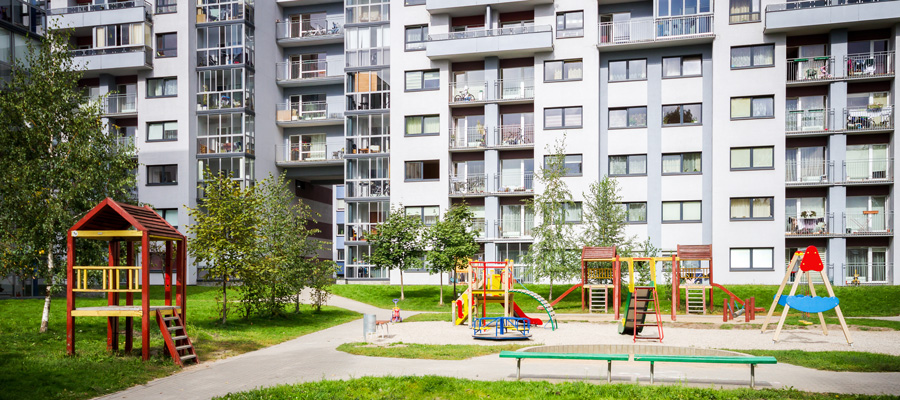David Eby’s chance to change the game on housing

With a new premier at the helm, the BC government has an opportunity to shift its housing policy into high gear.
One of the most effective approaches the province could take would be to massively increase public investment in non-market housing. Whether Premier Eby, along with new housing minister Ravi Kahlon, seizes this opportunity will be telling.
An important but little understood fact is that public investment in middle-income housing can be designed to largely pay for itself. The reason is straightforward. Just like private rental development, the financing costs of upfront capital investment in public rental housing can be paid for through the stream of income that residents pay in rent.
But in the case of public investment in housing, rents can be set at moderately below market rates and still break even. That’s because the public sector can finance the upfront capital investment at lower interest rates than the private sector; it can amortize costs over a longer period of 50 years; and it can forgo the roughly 15 per cent that private developers allocate for their own profit in a rental project. Rents can also remain more stable over time since they are tied to covering costs rather than maximizing profits.
A massive increase in public investment in this type of non-market housing is an achievable and affordable policy option available at our fingertips. Using this self-financing model, which I outlined in an earlier report, a huge amount of non-market housing aimed at middle income earners can be built without competing with other priorities for tax dollars.
The public sector can finance the upfront capital investment at lower interest rates than the private sector.
To be clear, ramping up public investment in break-even housing isn’t a complete solution to our housing crisis. To achieve rents substantially below sky-high market rates—affordable to those on lower incomes—further measures are needed. These include funding separate subsidy streams and grants, using cross-subsidization, contributing public land, upzoning low-density areas and scrapping expensive parking requirements.
BC faces a severe housing shortage. A key reason is that austerity-minded governments—at both the federal and provincial levels—for two decades largely abandoned their roles in financing affordable housing. Over the past few years, a modest reinvestment in housing by both levels of government has been helpful, but has fallen far short of the scale required.
Another key cause of the housing shortage is municipal-level roadblocks like exclusionary zoning, which effectively bans apartments on most of our cities’ residential land. This drives up the price of the scarce parcels where multifamily housing is allowed and makes construction of new homes more difficult and expensive for public, non-profit and private rental developers alike.
Premier Eby has signalled an understanding of the importance of both of these problems. As part of his leadership campaign, he promised to launch BC Builds, an initiative “representing a substantial expansion of government’s role in facilitating the delivery of middle-class homes.”
The plan sensibly indicates it would make use of tools such as “government’s favourable lending rates,” “public land” and “upzoning select parcels in participating partner municipalities.”
To date, Premier Eby has only released a high-level sketch of BC Builds, which does not include specific building targets or funding commitments. When the full policy is released, the critical question will be whether the housing targets and funding match the scale of the housing crisis, and whether they include enough deeply subsidized homes for those who are living in poverty.
The critical question is whether the housing targets and funding match the scale of the housing crisis.
The Eby government also recently brought forward the Housing Supply Act, which gives the province tools to break the municipal logjam. Practically, this means working with cities to create ongoing assessments of the pent-up need for housing, making the resulting targets for new homes binding, and if needed, having the province intervene directly if cities are failing to meet their housing needs.
Here again, implementation will be key. The housing needs assessments need to be credible, whereas today municipalities often game their methodologies to underestimate the need for new housing. And while the legislation does have teeth, the province has to show it’s willing to use them to get results.
If Premier Eby and Minister Kahlon follow through on these two fronts—massive new public investment in housing and concrete action to break the municipal logjam—BC could make a serious dent in the housing crisis. But time is short and half measures won’t cut it.
This post is a part of an ongoing research project into affordable housing funded by the Vancouver Foundation.



